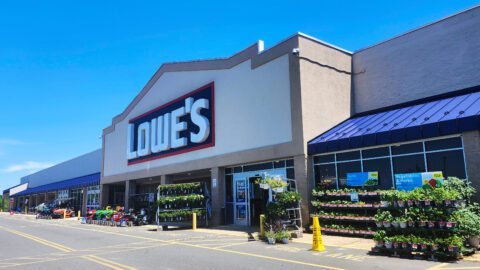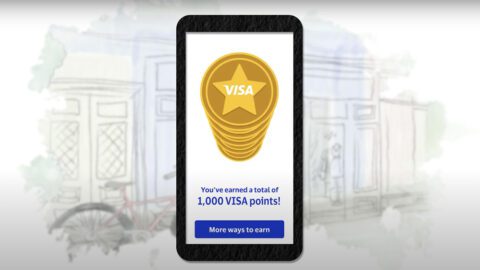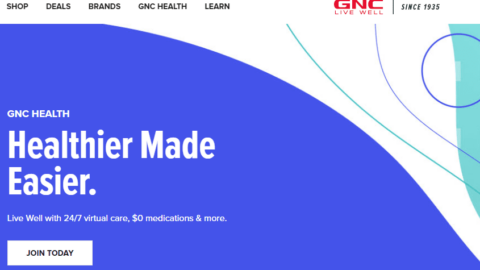 Only 16% of businesses believe they have a highly effective loyalty program, according to a recent survey conducted by the International Institute for Analytics (IIA) and commissioned by SAS.
Only 16% of businesses believe they have a highly effective loyalty program, according to a recent survey conducted by the International Institute for Analytics (IIA) and commissioned by SAS.
More than half (56%) of respondents said they use a customer retention rate metric to measure loyalty program success, while 27% calculate customer lifetime value. Only 54% of organizations said they could calculate the revenue impact of their customer loyalty programs.
For the research report, titled: Keeping Customers: Successful Loyalty Through Analytics, IIA surveyed 325 enterprise marketing executives from companies with an annual revenue of at least $50 million that also have customer loyalty initiatives in place.
Advertisement
Retaining valuable customers (53%) and keeping current customers (47%) are respondents’ top priorities in developing a customer loyalty program. Respondents also cited increasing sales to current customers (44%) and creating strong brand affinity (43%) as major priorities.
However, loyalty program goals and priorities are different for organizations that believe they have highly effective initiatives in place. These companies focus on building brand affinity (53%) and improving customer satisfaction (51%). Effectively carrying out these priorities can make or break the success of a loyalty program, as 71% of revenue from these businesses comes from repeat or current customers.
Organizations that are equipped to build highly effective loyalty programs have five key differentiators, according to the study, including:
- A dedicated customer loyalty function/department helps manage programs and initiatives;
- There is a greater emphasis on customer experience;
- Rewards are personalized for individual customers;
- Social media is used to manage customer relationships; and
- Data analytics are valued as core program components.
Aside from the five main differentiators, retailers with highly effective programs share a proper loyalty measurement framework, according to Wilson Raj, Global Director for Customer Intelligence at SAS.
“You must be able to tell a financial story when measuring loyalty,” Raj said in an interview with Retail TouchPoints. “You don’t get funded at the executive level if you don’t measure appropriately. Loyalty measurements in the past have been more transaction driven, with factors such as number of members, number of points redeemed and number of miles converted. Those kinds of things don’t do a whole lot for the C-suite of a business.”
Instead, retailers should quantify the success of their loyalty programs by referring to operational, customer engagement and corporate metrics, Raj recommended. Operational metrics include the number of customers enrolled in a program and percentages of customers that redeem points per month. Customer engagement metrics include program effectiveness in attracting and engaging consumers, as well as data measuring which members can potentially serves brand advocates. Finally, corporate metrics determine how well loyalty programs serve the overarching goals of the business.
Click hereto download the complete report.















